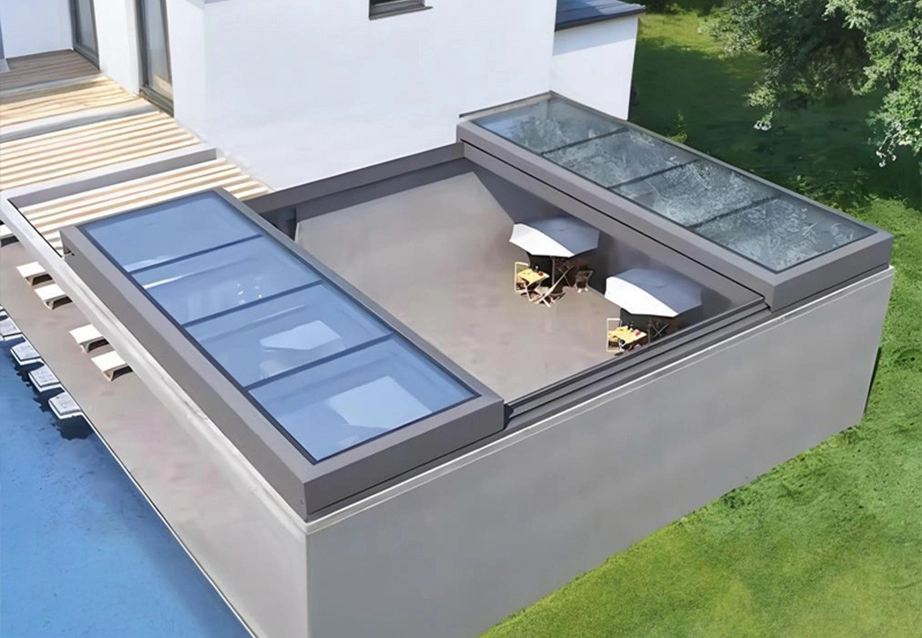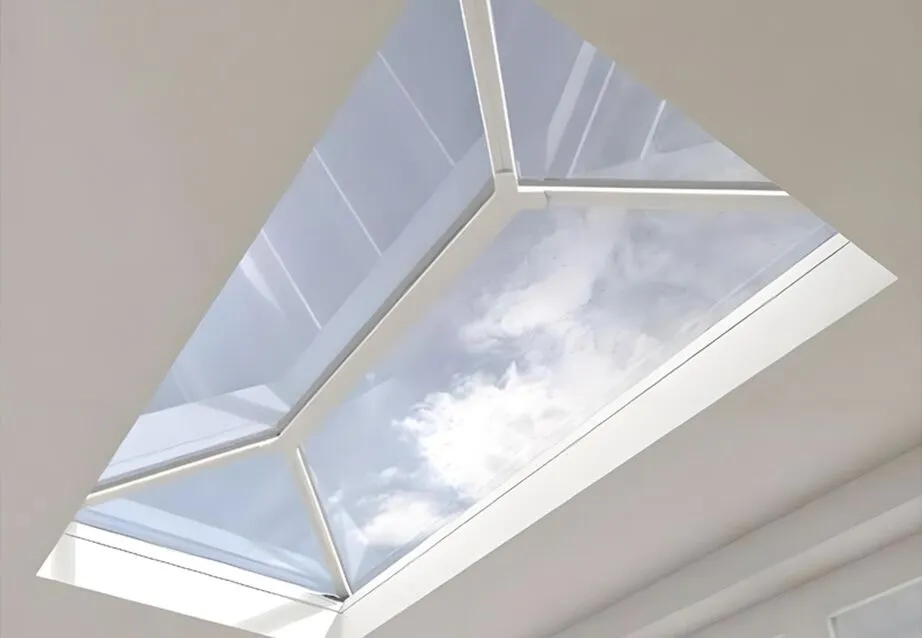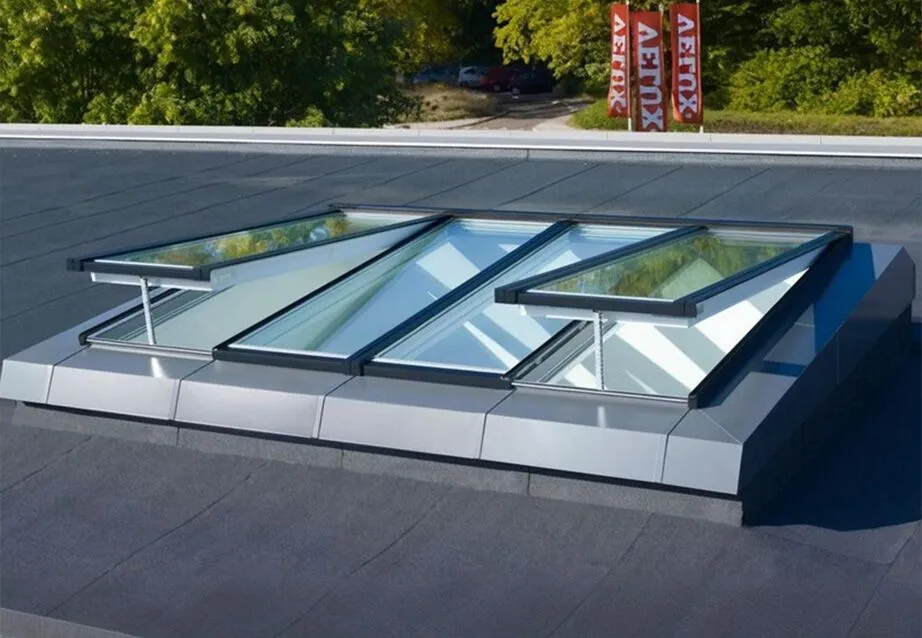Bringing more natural light into homes and buildings is a top goal in modern design. Skylights in ceilings are one of the best ways to do this. They improve visual comfort, reduce the need for electric lights, and create directional lighting. This kind of lighting controls how sunlight enters a space. It changes how light interacts with walls, furniture, and areas throughout the day. This article looks at how skylights can be used to capture natural light for better directional lighting.

Skylights and Their Role in Directional Lighting
Skylights are windows placed on roofs or ceilings. They let daylight flow into rooms from above. Unlike regular windows on walls, skylights bring light in at a unique angle. This makes them great for directional lighting. By choosing the right size, type, and position, homeowners can control how sunlight moves through their spaces at different times.
Skylights in ceilings let light come in from a higher angle than wall windows. This allows light to reach deeper into rooms, especially around midday when the sun is high. As a result, specific spots in a room can be lit up more clearly. This boosts both beauty and energy savings.
Types of Skylights and Their Impact on Directional Lighting
Different skylights offer various ways to control directional light:
Fixed skylights provide strong visual effects and a cozy indoor setting by letting in maximum light. They work well in homes, offices, or unique buildings. These are perfect for steady light without ventilation.
Top-hung skylights open outward. They allow airflow even on rainy days, block water, and keep spaces fresh. These can open partway for controlled air and light.
For more control over light and intensity, sliding skylights with rails can open fully. They meet needs for ventilation and smoke release. They are very quiet, with built-in electric systems and smart controls.
Rising skylights are installed flat and lift open. They look grand and give advanced control over natural light.
How to Place Skylights for the Best Directional Lighting
Where you place a skylight matters a lot. It affects both brightness and heat:
-
North-facing skylights give soft, steady light all day. They’re great for studios or offices needing even light.
-
South-facing skylights catch the most sun in winter.
-
East-facing skylights bring in morning light, ideal for kitchens or bedrooms.
-
West-facing skylights provide strong afternoon light, good for living rooms.
The height of a skylight in the ceiling also changes how light falls. Higher skylights spread light widely. Lower ones focus light more narrowly.
Examples of Directional Lighting with Skylights
Picture a kitchen with an east-facing top-hung skylight. It fills countertops with soft morning light. It also keeps air fresh, even in rain, since it doesn’t take up indoor space when open. This is great for small layouts.
In living rooms or open spaces, medium sliding skylights can open completely. They flood the area with daylight and offer wide views.
Bathrooms gain from fixed skylights. These provide privacy while letting in vertical daylight, cutting the need for electric lights during the day.

How Skylight Orientation Affects Directional Light
Orientation decides when and how much light enters. For example:
Rising skylights come with LED strips for better visibility in dim hours. Their position can be chosen based on a room’s purpose.
A west-facing sliding skylight brings afternoon warmth to shared spaces like lounges or reading areas. North-facing fixed skylights keep steady light without overheating, which is key in hot climates.
Controlling Light Strength and Direction with Skylights
New technology makes it simple to manage light strength and direction:
Smart skylights work with rain sensors, home systems, voice controls, or phone apps. You can adjust them remotely based on weather or preference.
Electronic systems give precise control. They adjust automatically for comfort.
Noise is low, as quiet as 20 decibels. This ensures adjustments don’t disturb daily life or sleep.
High-quality sealing strips stop rainwater leaks. They keep interiors dry in any weather.

If you want a skylight in your ceiling for better directional lighting, SUNRAY has a wide range to fit every need. They offer fixed models for steady daylight and smart sliding systems that adjust throughout the day.
For large orders, SUNRAY supports color customization to match your style.
Whether you want beauty or function through smart design, SUNRAY’s skylight products are durable (profiles last 10 years) and innovative (motors last 3 years). Choose SUNRAY to bring precise, natural light into your home or office easily.
FAQ
Q: What are the main pluses of using skylights for light coming from above?
A: Skylights let daylight into rooms. This cuts down on power bills. You need less electric light. Plus, they can draw attention to special spots. Think artwork or furniture. They also make spaces feel more open. Light from above lifts people’s spirits. It can make folks more productive too. This happens because it copies natural daylight changes.
Q: How is light from skylights different from regular windows?
A: Skylights give you light from overhead. This spreads out more evenly across a room. Side lighting from regular windows doesn’t do this as well. The overhead light means fewer harsh shadows. It also cuts down on glare. The result is often a softer, more spread-out light. With smart design, you can point this light exactly where you want it.





